1. Arbor Day
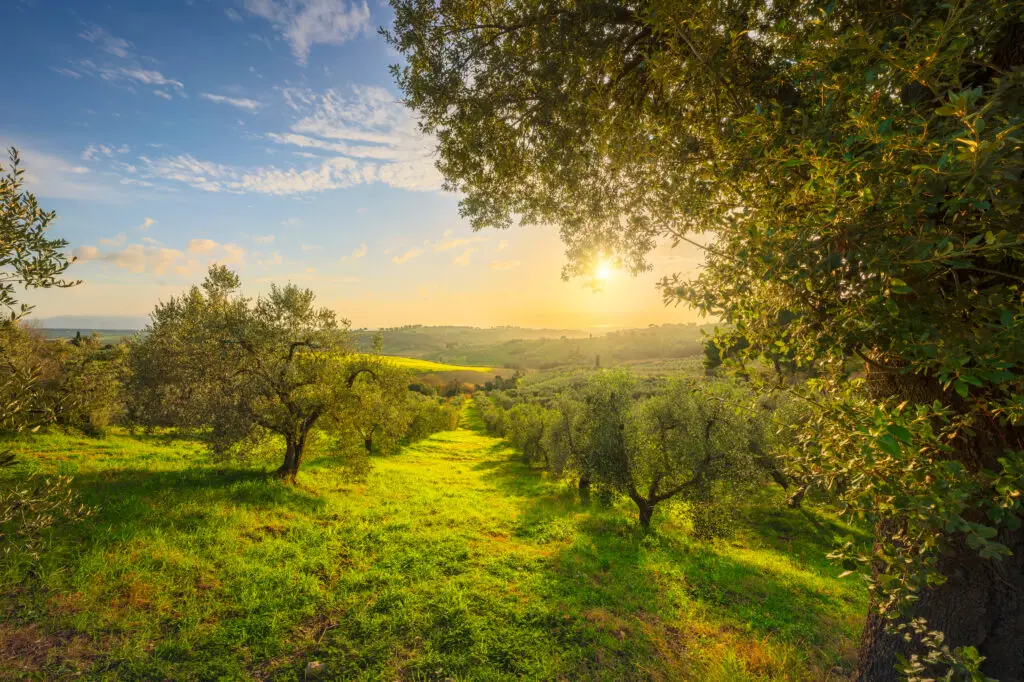
Arbor Day, a celebration dedicated to planting trees, used to be one of the most anticipated events in America. First celebrated in Nebraska in 1872, it grew quickly in popularity, with schools, families, and local communities all participating in planting trees. The holiday inspired a sense of responsibility toward the environment and was often a hands-on experience, especially for children, who would eagerly plant saplings alongside their teachers. It wasn’t just about trees—it was about building a connection to nature and the importance of preserving it.
By the mid-20th century, however, Arbor Day began to fade from the public consciousness. As environmental awareness shifted to other causes and trees no longer needed to be planted as urgently, the holiday was overshadowed by more prominent celebrations like Earth Day. Despite its decline in mainstream attention, Arbor Day continues to be observed in some states, where local events still encourage people to plant trees and celebrate nature’s beauty.
2. Decoration Day
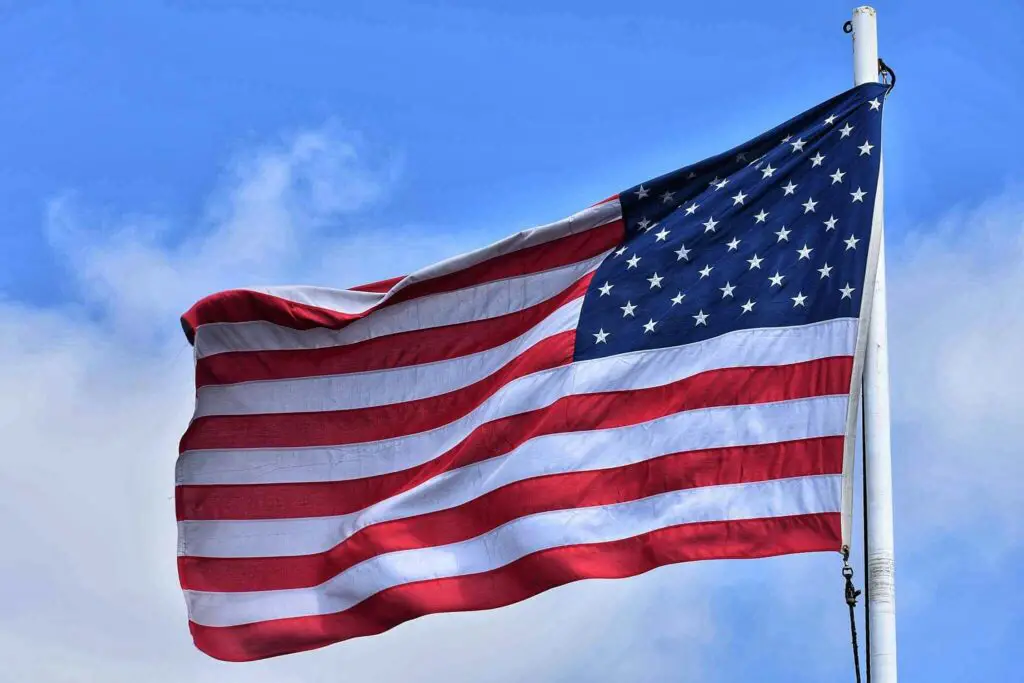
Decoration Day, which would eventually become Memorial Day, was once a powerful and solemn occasion observed across the country. This day was dedicated to honoring the soldiers who had died during the Civil War, with families and veterans decorating their graves with flowers, flags, and tributes. The event gained significance after the war as a way of honoring the fallen heroes who had fought for the Union and was marked by solemn ceremonies across the nation.
Over time, the observance evolved and became less focused on specific acts of remembrance. As World War I and later conflicts broadened the scope of memorializing American service members, the traditions became more casual, and the day shifted into a broader celebration of all military personnel. Decoration Day, with its original deep solemnity, gradually lost its hold as the more modern Memorial Day took its place, with cookouts and parades taking center stage.
3. Fast Day

Fast Day, a religious holiday celebrated in several New England states, marked a time of fasting and prayer, especially in the face of natural disasters, famine, or political unrest. Established in the early 19th century, the day was meant to offer a time for reflection and spiritual renewal, with many people attending church services, seeking forgiveness, and asking for divine intervention. The day was deeply embedded in the fabric of early American life, with its observances designed to bring communities together in the hope of overcoming hardship.
However, by the late 19th century, as religious observances became more personal and less community-driven, Fast Day began to fade. The rise of more secular, nationwide holidays, combined with a shift toward less restrictive religious observance, led to the holiday’s eventual disappearance. Today, only a few states still recognize it, though its historical importance as a time of collective faith and resilience remains a fascinating glimpse into the American past.
4. Emancipation Day
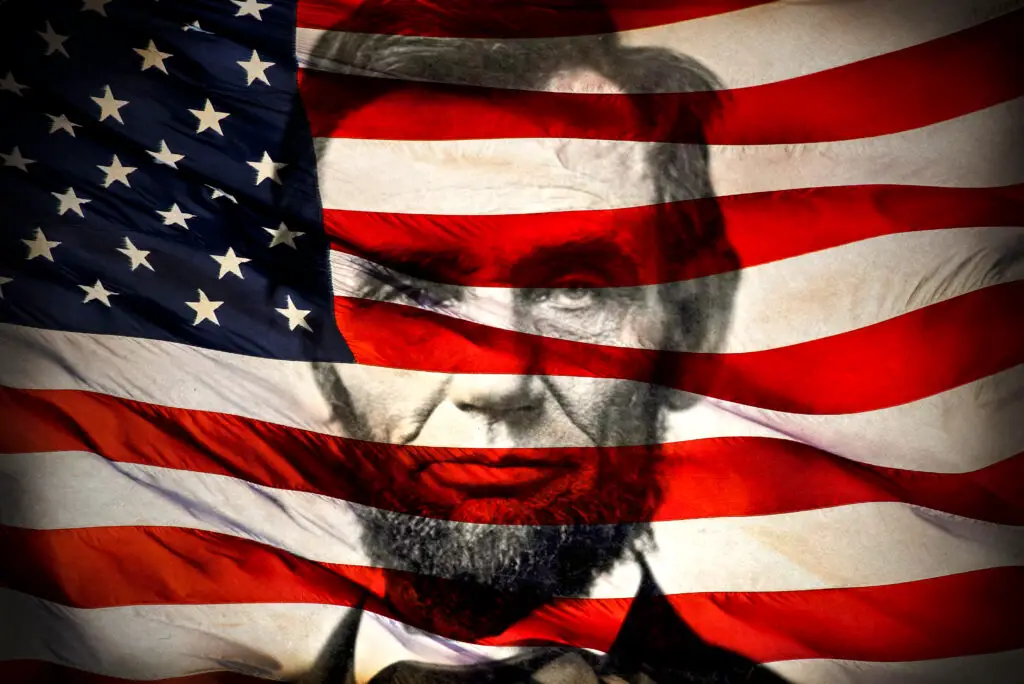
Emancipation Day was once celebrated annually in many parts of the United States to mark the day that President Abraham Lincoln’s Emancipation Proclamation came into effect in 1863, freeing enslaved individuals in the Confederate states. In Washington, D.C., the celebration was a big deal, with public speeches, parades, and music to commemorate the freedom gained by millions of African Americans. The day became a symbol of progress, unity, and hope for African American communities, long before Juneteenth gained widespread attention.
As time passed and the nation moved away from overtly sectional holidays, Emancipation Day was pushed into the background, particularly as African American civil rights efforts became focused on other struggles. Today, only a few locations continue to celebrate the day with any significance, while Juneteenth has become the more prominent day for honoring emancipation and African American freedom in the United States.
5. Victory Day

Victory Day, commemorating the end of World War II in Europe, was a major holiday, especially in New England. The day, observed on August 14th, marked the momentous surrender of Nazi Germany in 1945, a victory that was cause for national celebration. Many cities and towns held massive parades, and citizens took part in fireworks displays and celebrations that included public addresses by local officials and veterans. It was a day of exuberance and national pride.
However, as time passed and the world moved into the Cold War, the significance of Victory Day diminished. With the rise of other holidays, such as Veterans Day and Memorial Day, that focused more broadly on honoring military service, Victory Day became less of a focal point in national consciousness. Today, only a few communities, mainly in Rhode Island, continue to celebrate the day, holding smaller-scale events to remember the sacrifices of those who served in World War II.
6. Trolley Day
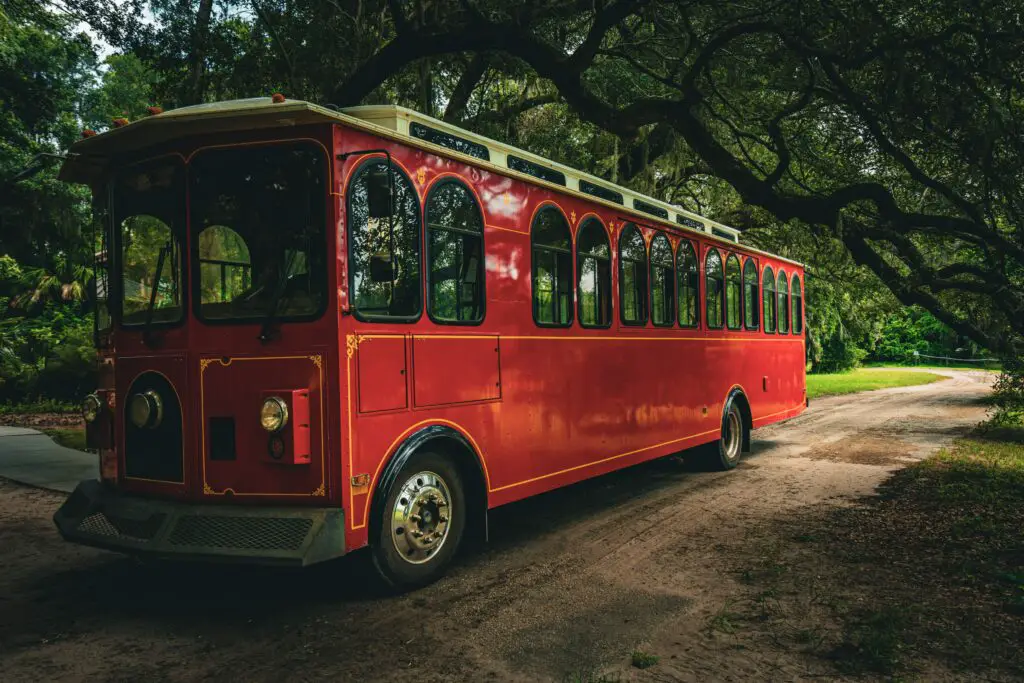
In the early 20th century, Trolley Day was a significant celebration in many cities across America. This holiday was designed to honor the role of streetcars and trolleys in urban transportation systems, which were crucial in the development of American cities. Trolley Day was often marked by community-wide events, with parades featuring vintage trolley cars, and festivities centered on the history and importance of public transportation. It brought together local communities and offered an opportunity to celebrate technological advancement.
However, as automobiles became more prevalent and the streetcar systems gradually disappeared, so too did Trolley Day. The advent of buses, and the eventual decline of trolley networks, led to the holiday being phased out. Today, Trolley Day exists only in the memory of a time when public transportation was a central part of American life, and some cities have revived it as a nostalgic nod to their past.
7. Labor Day (Early Observances)
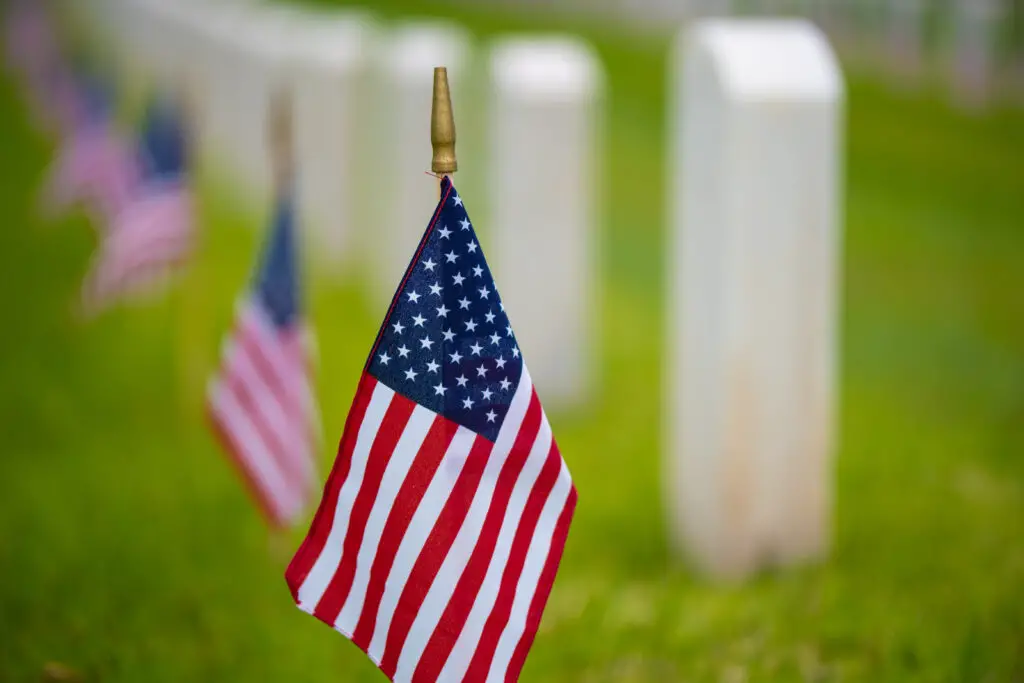
Labor Day, while still celebrated today, once had a different and more localized significance during its early years in the late 19th century. Initially, it was a working-class holiday aimed at celebrating the labor movement and its progress in securing better working conditions. In the early days, the holiday was filled with union parades, speeches from labor leaders, and local festivities that highlighted the strength and solidarity of working men and women.
As the country industrialized and the labor movement gained strength, Labor Day’s significance began to shift. The holiday became more commercialized, and its focus moved away from workers’ rights to more casual end-of-summer celebrations. The original spirit of the day, as a celebration of workers’ achievements, faded as picnics and barbecues became the holiday’s dominant theme, making it one of the least remembered early American holidays.
